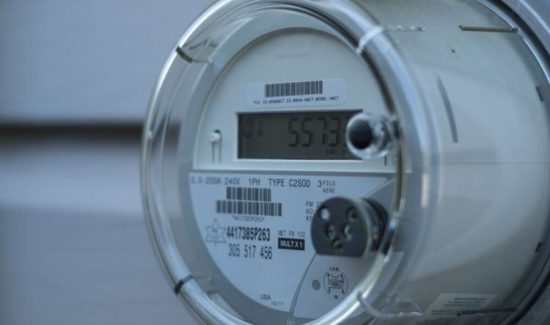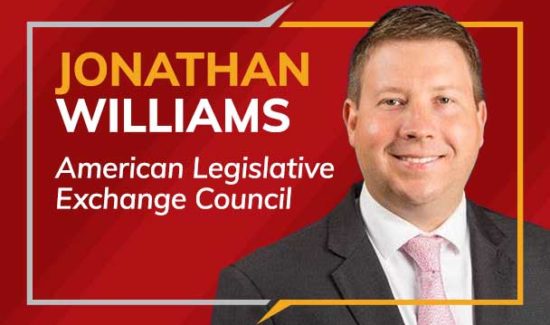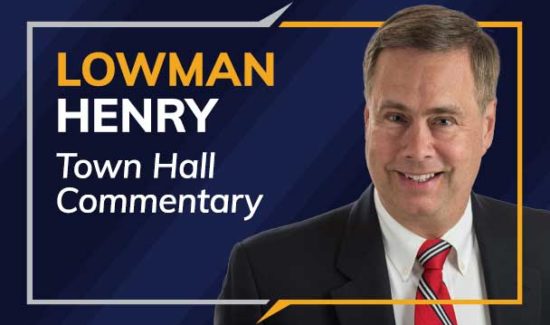Vermont’s Tuitioning Program
Two weeks ago this space summarized a Maine program permitting many publicly funded students to attend a school of their choice from a variety of sources, both public and private. A similar tuitioning program in Vermont involves fewer students than in Maine – as Vermont has a much smaller population – but has an even longer history. having first established a choice system in 1782. More than one-third of the state’s towns provide a school choice option by having no elementary school, no high school, or, some instances, no public school at all. While most participants are long-term residents of tuitioning towns, in some undetermined number of cases newcomers may have deliberately established their residence in a town because it offers them a school choice option.
As with the earlier summary the following is adapted from "The ABCs of School Choice, 2007-2008 Edition," pp 46-47, The Friedman Foundation, Indianapolis, IN: 46282.
"Many small towns in Vermont do not operate local high schools, and some do not operate local elementary schools. ‘Students in these towns are eligible for a voucher to attend public schools in other towns or non-religious private schools even outside the state. The ‘sending’ towns pay tuition directly to the ‘receiving’ schools. While most towns allow parents to choose which schools will receive their students, some towns send all their students to one school. In 2004-05 about 6,250 students attended schools chosen by their parents, while about 1,800 attended schools chosen by their towns.
"When students are tuitioned at public schools, the sending town pays the receiving school district an amount equal to the receiving district’s average per-pupil costs, as calculated by the state Department of Education. When students are tuitioned at private schools, the voucher is worth up to the average announced tuition for union schools, calculated each year by the state. This figure is calculated separately for grades K-6, 708, and 9-12. For 2007-08 the figures are $9,126 for grades K-6, $10,138 for grades 7-8, and $10,394 for grades 9-12.
"In 2006-07, 87 towns tuitioned at least some students, not including towns that do not allow parental choice. Out of 5,989 tuitioned students with parental choice, 3,722 (62 percent) were tuitioned at public schools and 2,267 (38 percent) were tuitioned at private schools or schools out of state.
"Students must live in Vermont and reside in an identified. tuition town.
"Participating schools must be non-religious, obey antidiscrimination laws and meet state standards for private schools.
"Vermont has a complex legal history with school choice. In 1961, the Vermont Supreme court ruled that including religious schools in the program violated the First Amendment but not the state constitution. In 1994, the Vermont Supreme Court overturned this decision, but the Vermont Department of Education refused to allow parents to choose religious schools. In 1999, the Vermont Supreme Court again barred religious schools from participating, this time under the state constitution. In light of the 2002 U.S. Supreme Court decision upholding the constitutionality of vouchers in Cleveland, the Institute for Justice mounted another legal challenge, arguing that barring parents from choosing religious schools is unconstitutional religious discrimination and a violation of the right to free exercise of religion. The Institute for Justice terminated the suit, however, after its clients – in a decision unrelated too the litigation – withdrew their children from religious schools to transfer them to public schools.
"A 2002 Friedman Foundation study by Christopher Hammons found that tuitioning introduces healthy competitive incentives that improve public schools:
".Public high schools closer to tuitioning towns had better test scores than other public high schools, controlling for school spending and student demographics.
". The effect is large enough that if a town a mile away from a school decided to tuition its students, would expect the percentage of students passing the state test at that school to increase by 3l4 points – a gain of 12 percent over existing scores.
". If Vermont wanted to purchase the same test score gains by increasing per-pupil spending, it would have to spend an extra $909 per student."
Although these options have worked successfully for more than 150 years, they seem not to be generally known, even, or perhaps especially to public school staff and unions.
# # # # #
"Vermont’s 1777 constitution – the oldest state constitution still in force – provided that ‘ a competent number of schools ought to be maintained in each town unless the General Assembly permits other provisions for the convenient instruction of youth.’" John McLaughry, "Who Says Vouchers Wouldn’t Work," Reason, January 1984, pp 24-32.
# # # # #




